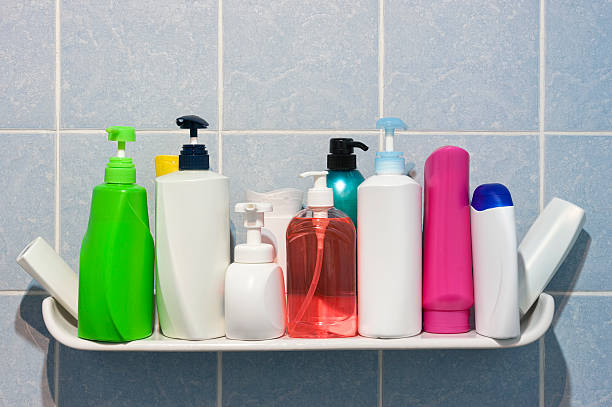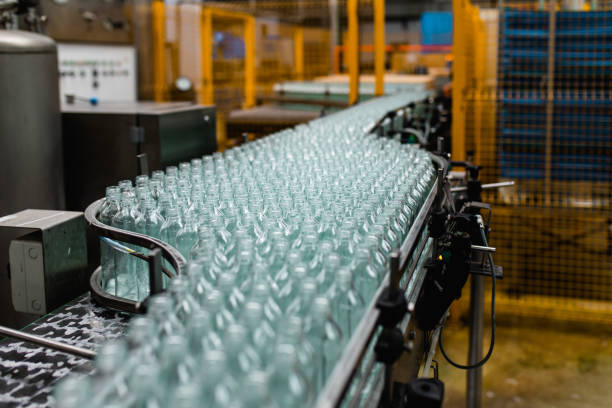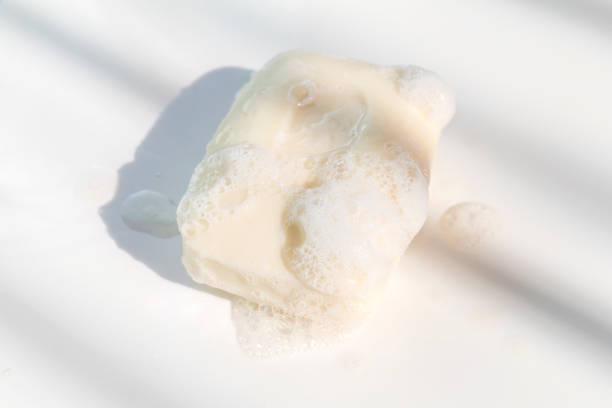COP stands for Conference of the Parties. Attendees consist of countries that signed the United Nations Framework Convention on Climate Change. The 2021 meeting will be the 26th meeting, hence the name COP26. Over 100 world leaders attended COP26, but there were notable exceptions. Namely, Russia and China were absent. I think their absence was due to the goals of the event. The article, “Countries pledge to quit coal — but the U.S., China and India are missing,” pretty much sums up the failures of COP26. We are not any closer to a more sustainable future in regard to the climate if the biggest polluters don’t commit to limit emissions. And I believe this is inaction is caused by unrealistic expectations being set by climate activists.
According to the article, coal fuels more than a third of the energy consumed world wide and is the single biggest contributor to climate change. Reducing reliance on coal would have a significant impact on reducing new CO2 emissions. During COP26, 28 countries joined an alliance to phase out coal. Notably including Poland and Germany, Europe’s biggest consumers of coal. However, the world’s biggest burners of coal, the U.S., China, and India did not join. Several government officials have been quoted saying that these commitments mark the beginning of the end for coal. However, I do not think the timeline, all coal eliminated by 2030, is reasonable. Poland gets nearly 50% of its electricity from burning coal. There are not clean energy sources Poland can transition to that will replace coal by 2030. And in the case of Germany, the only realistic clean energy source they could transition to, nuclear power, is being eradicated. They plan to shut down all their nuclear power plants by 2022. They will instead transition to natural gas, not clean energy. The new Nord-stream 2 pipeline between Germany and Russia will help meat the demand for natural gas.
Vietnam also joined the alliance to phase out coal, but they seem to be doing the opposite. Data from 2019 shows the ratio of energy consumption from coal increasing in Vietnam.

Developing economies like Vietnam’s have increasing energy demands that cannot be met with renewables. If Vietnam was really going to transition away from coal by 2030, they would need to somehow replace all the electricity generated by coal with renewables, and continue to improve renewables to meet new electricity demand. Considering how minimal the current share of energy being consumed from renewable sources other than hydropower is, I doubt Vietnam is going to phase out coal by 2030.
Despite the climate activism and pledges from world leaders at COP26, it seems fossil fuels will still remain the primary method for electricity production, especially in developing economies. The U.S., China, and India did not join the alliance because they realistically couldn’t. And the actions of countries that did join, such as Germany and Vietnam, show a need for fossil fuels as an energy source.

 While scrolling through images of plastic litter being turned into art, I came across this sculpture. I immediately clicked on it and began to read about it. I was drawn to the brightness of it and was curious about what materials it was made of. The sculpture was created by Von Wong and Joshua Got and is named “Plastikophobia”. The name comes from the fear the artist’s felt while creating this sculpture. The sculpture is made from over 18,000 single use plastic cups. With the help of around three dozen volunteers, the cups were collected from local food centers across Singapore. The collection process took about roughly a day and half. The cups were then cleaned off and assembled to form a shiny crystal cave. They installed fairy lights throughout the cups to finish it off. The sculpture itself took around seven days to complete.
While scrolling through images of plastic litter being turned into art, I came across this sculpture. I immediately clicked on it and began to read about it. I was drawn to the brightness of it and was curious about what materials it was made of. The sculpture was created by Von Wong and Joshua Got and is named “Plastikophobia”. The name comes from the fear the artist’s felt while creating this sculpture. The sculpture is made from over 18,000 single use plastic cups. With the help of around three dozen volunteers, the cups were collected from local food centers across Singapore. The collection process took about roughly a day and half. The cups were then cleaned off and assembled to form a shiny crystal cave. They installed fairy lights throughout the cups to finish it off. The sculpture itself took around seven days to complete.





